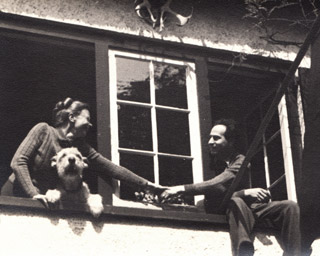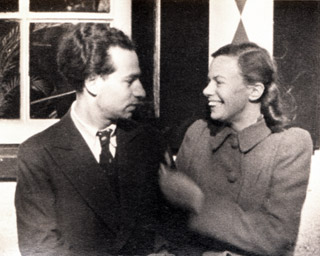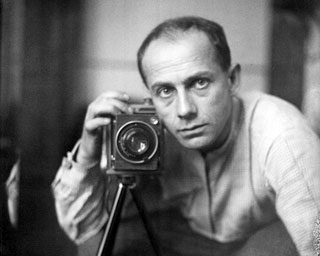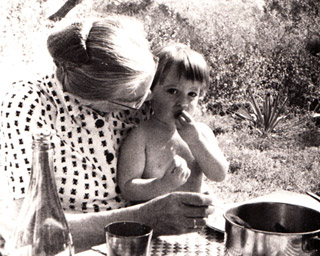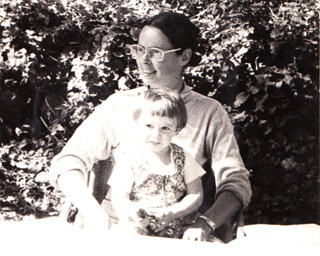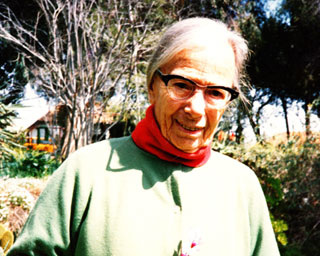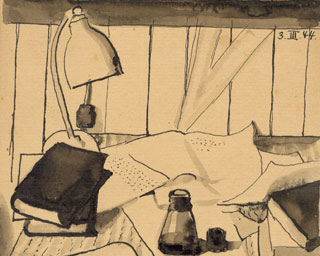Maria Helena Friedlander (Bruhn)
The Netherlands

Paul Citroen (1896-1983), the well-known artist, popular painter, art teacher, and a Jew, was friendly with Henri Friedlander. Henri, also Jewish, born in France and working in Holland as a typographer and graphic designer, was married to Maria Helena Bruhn, a German woman. When Paul was warned by a policeman that he was due to be arrested on August 28, 1942 he fled to Maria and she hid him in the attic of her house in Wassenaar, South Holland, for at least six months. (A self-portrait of Paul Citroen, dated November 1943, has the attic where he was hidden in the background.)
Maria, a gymnastics teacher, had been living in Holland since 1931. She had married Henri in a civil marriage in 1940 (which was not recognized according to the Nuremberg Laws). Henri had himself gone into hiding early on in the war but after only two months, he returned to his wife and was hidden by her in the yard of their home until the end of the war.
To avoid drawing the attention of the German authorities to her home, Maria pretended to be a Nazi sympathizer and gave gymnastics lessons to German women in her house. Maria earned a living teaching gymnastics at schools in Wassenaar and Bloemendaal. With her income she managed to provide for her husband and other fugitives hidden in her home, among them the Resistance worker Paul Guermonprez and his Jewish wife, Trude Jalowetz. After the war, the Friedlanders immigrated to Israel.
Paul Citroen continued to work as photographer, artist and art educator. In 1945 he returned to his prewar position of professor of drawing and painting at the Academie voor Beeldenden Kunsten in The Hague. In 1960 he stopped teaching and started painting portraits as his main focus. He painted portraits of famous Dutch people, including a well-known portrait of Liesbeth List in 1979. He passed away at 1983 at the age of 87.
Maria and Henri Friedlander settled in Motza Illit, close to Jerusalem, Israel. Henri continued to study, teach and work in typography. He taught at the Hadassah-Brandeis Apprentice School of Printing and the Bezalel Academy of Arts and Design, Jerusalem. Henri Friedlander designed the popular Hebrew typeface Hadassa over three decades, completing his oeuvre in 1958, after immigrating to Israel. In 1971 Henri Friedlander was awarded the Guttenberg Prize – the typography’s highest award. Henri Friedlander passed away in 1996 at the age of 92.
After immigrating to Israel Maria Friedlander devoted her life to her family. She also made time for her great passion – gardening. Most of the trees and flowers that she planted are still blossom around the Friedlanders’ house in Motza. “She had a great love of plants, animals and people, and could speak to all three of them” – remembers Ayala Tal, Maria’s granddaughter. Maria Friedlander passed away in 1995 at the age of 90. The inscription on her tombstone reads, “Maria Friedlander. A brave woman”.
On July 7, 1997, Yad Vashem recognized Maria Helena Friedlander-Bruhn as Righteous Among the Nations.
Yad Vashem would like to thank the Netherlands Photography Museum, the Museum de Fundatie and Hannah and Ayala Tal for providing additional materials and background for this story.
